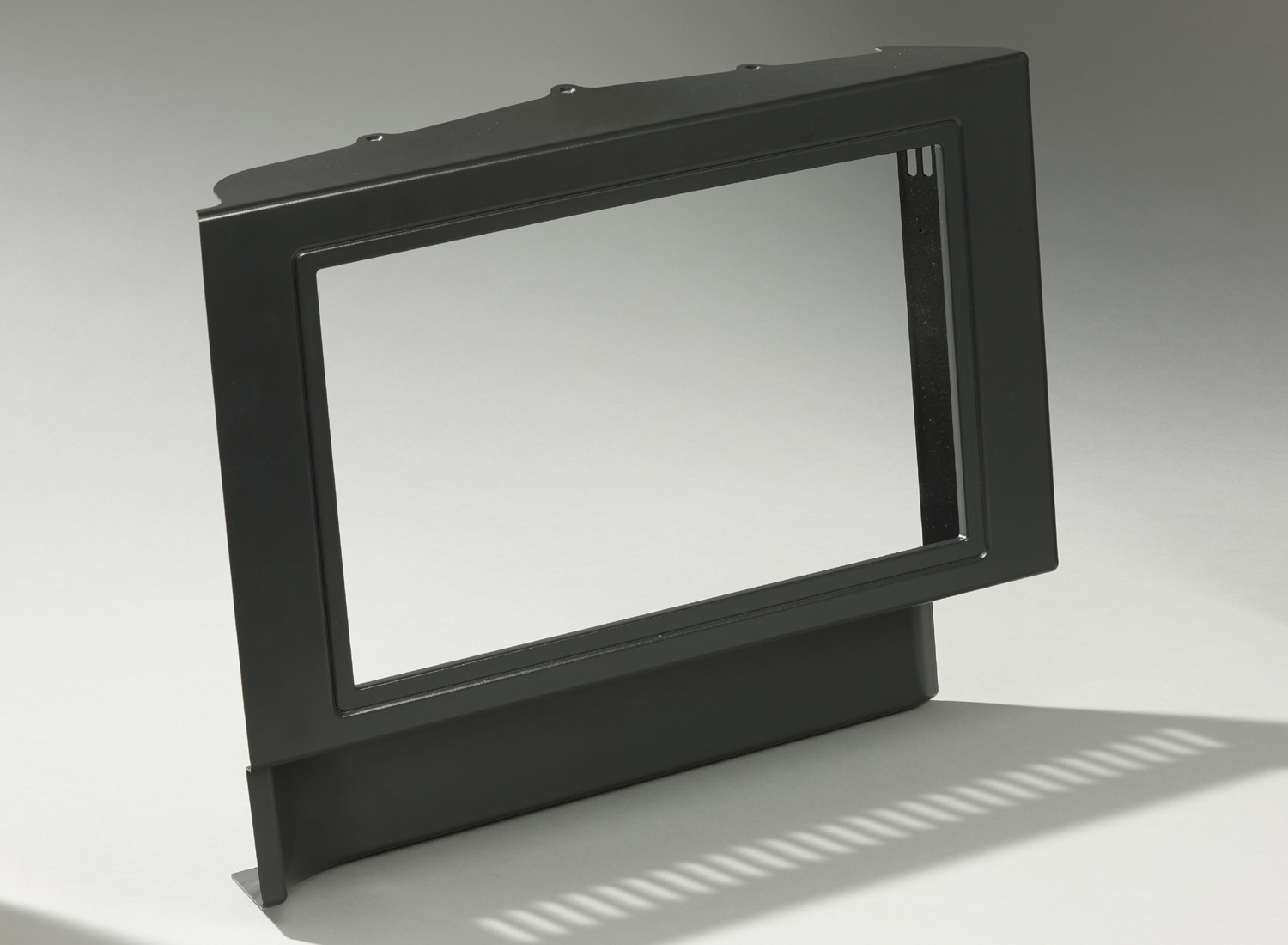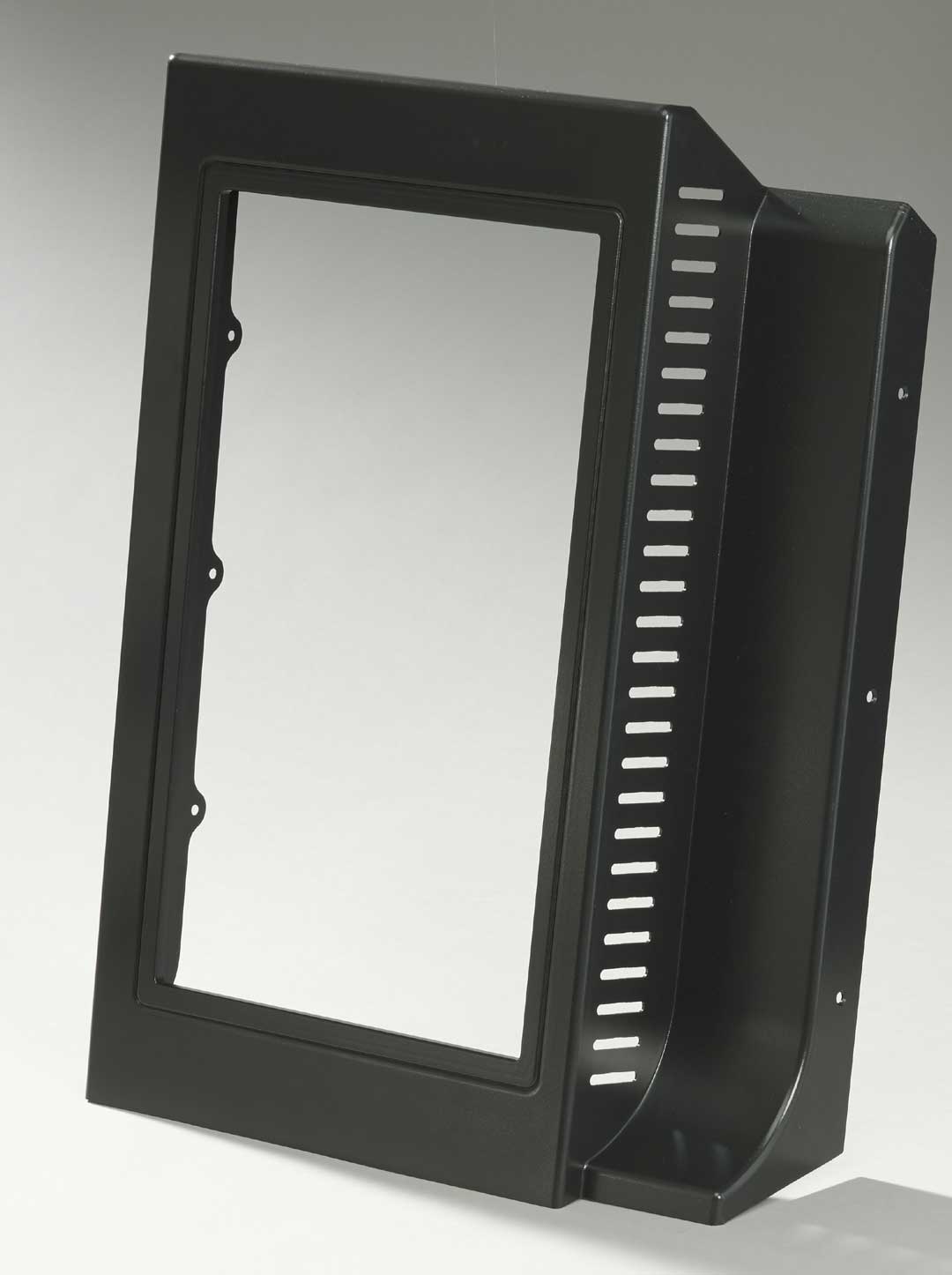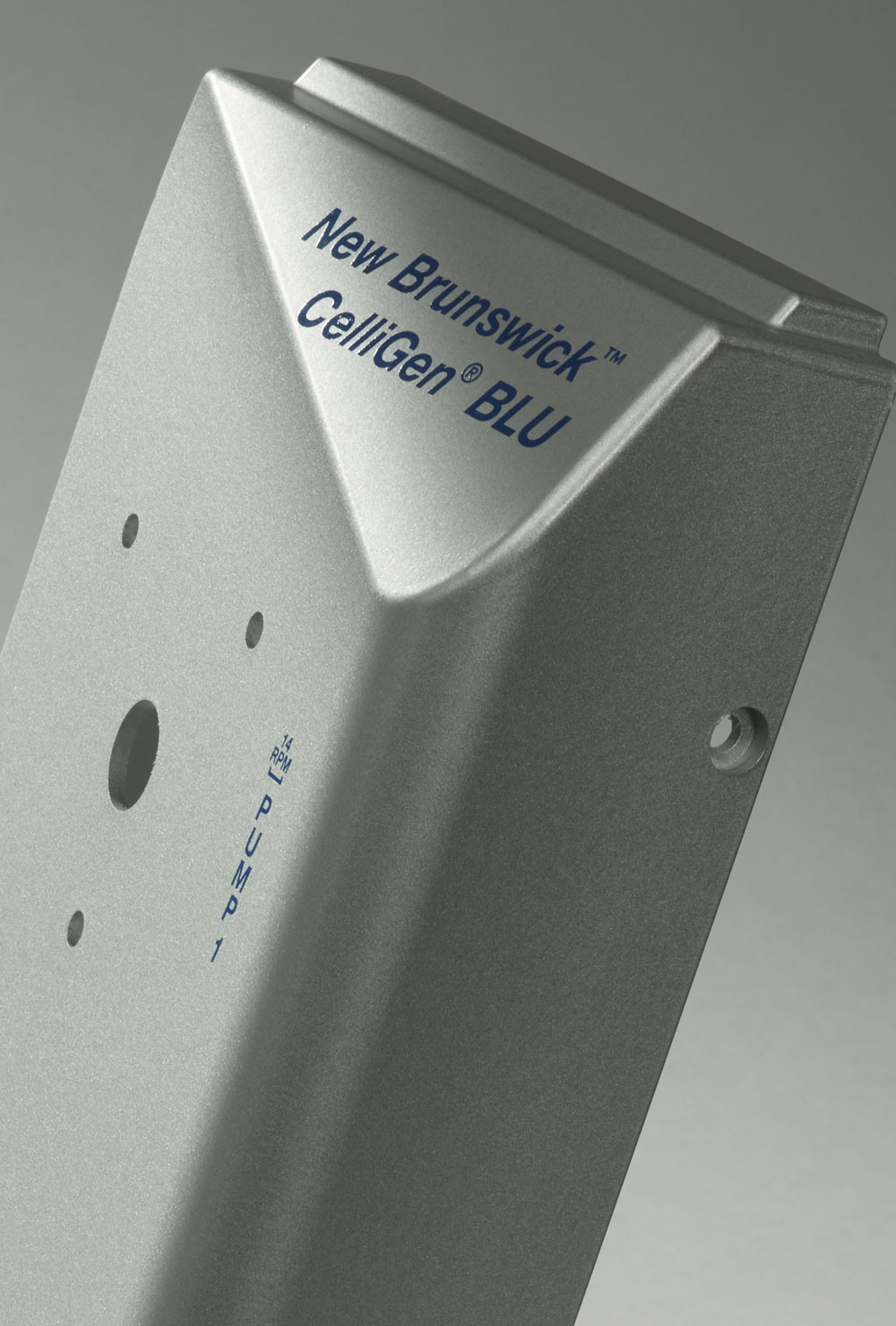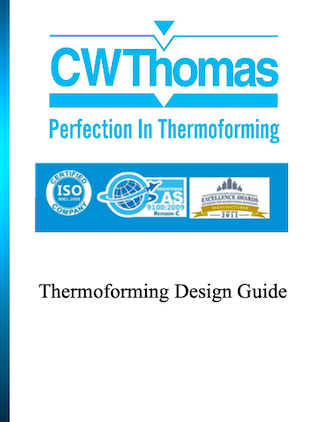The Exact Custom Thermoforming Services Your Project Requires

Specializing in Heavy-Duty Thermoforming
CW Thomas is your partner for custom, heavy-duty thermoforming, with over 75 years of delivering quality thermoformed products for today’s leading companies. Complete turn-key solutions from design to install, competitive pricing and quality front and center, customers quickly become long-tim partners.
TRUSTED BY LARGE AND SMALL ORGANIZATIONS WORLDWIDE






Vacuum Forming
In vacuum forming, a sheet of plastic is heated to a forming temperature, stretched onto a mold, and forced against the mold by a vacuum. This process is ideal for making products such as packaging trays, blister packs, and other shallow-drawn parts. We provide a detailed exploration of vacuum forming, examining its process, applications, advantages, and drawbacks.
Pressure Forming
Pressure forming involves heating a plastic sheet until it’s pliable, placing it over a mold, and then applying pressure to shape the plastic to the mold. This process can create highly detailed and textured surfaces, making it ideal for various applications. Our pressure forming subpage offers an in-depth understanding of this process, its use cases, and its comparison to other forming methods.

Thermoforming vs. Injection Molding
While both thermoforming and injection molding are popular methods of shaping plastic, they each have their unique strengths, weaknesses, and best applications. Thermoforming excels in large-scale products with lower tooling costs, while injection molding shines in high-volume, complex parts with tighter tolerances. Our detailed comparison of these two methods will help you decide which one is right for your project.
Have a technical Question?

Guide to Thermoforming Materials
Different types of plastics are used in thermoforming, each with their unique properties and best applications. Some of the most common types include ABS (Acrylonitrile Butadiene Styrene), HDPE (High-Density Polyethylene), and PET (Polyethylene Terephthalate). Understanding the properties of these materials can help you choose the best one for your specific needs. Our subpage on plastics used in thermoforming provides a comprehensive guide on the types of plastics used, their characteristics, and their application in different industries.

